The name trireme is derived from Latin: “tres remi,” quite literally, “three-oar” for the triple banks of oars it used for propulsion. The ships usually carried sails as well.
Viking longships were used by Scandinavian mariners for everything from commerce to exploration to warfare. With roots in the stone age, longship design reached its zenith between the 9th and 13th centuries. This one dates to 850 CE and was excavated in 1880 in Gokstad, Norway.
“A galley of 36 benches of oars with five rowers per bench” from the archives of the French Ministry of Defense.
Ottoman sultans traveled in magnificent imperial caiques, or Sultan’s Boats.
From Fredrik Henrik af Chapman, the author of “Architectura Navalis Mercatoria,” a plan of an oar-powered galley from Malta.
Oar-powered galley of 22 banks of oarsmen from the Black Sea, documented in François-Edmond Pâris’s “Souvenirs de Marine Conservés.”
from French Vice-Admiral François-Edmond Pâris’s Souvenirs de Marine Conservés
from French Vice-Admiral François-Edmond Pâris’s Souvenirs de Marine Conservés
From Fredrik Henrik af Chapman’s Architectura Navalis Mercatoria
French 6-meter Whaleboat
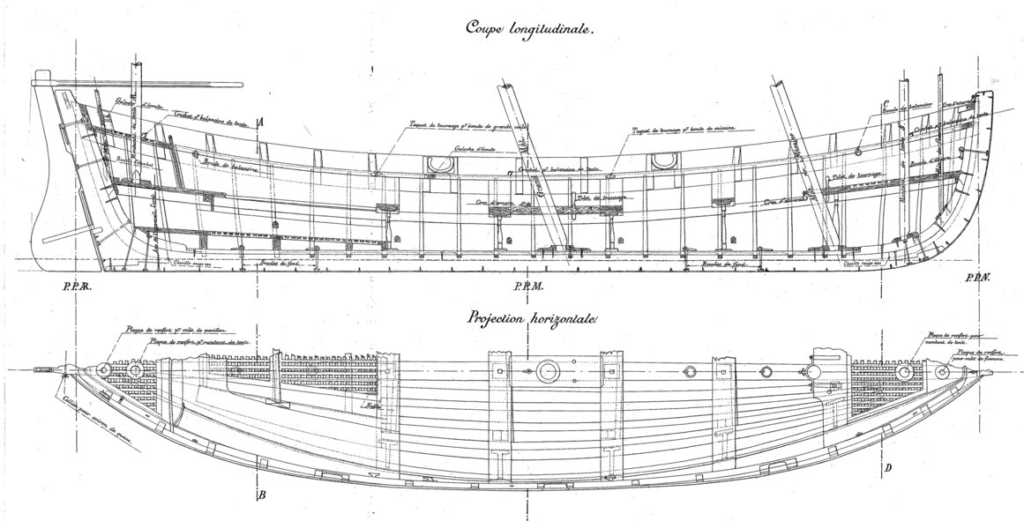
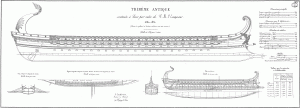
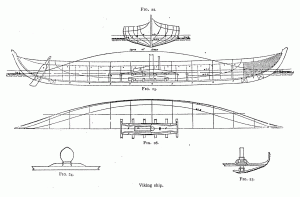
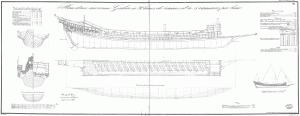
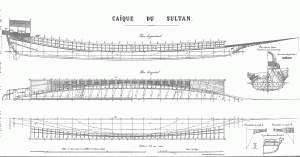
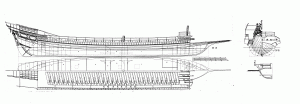
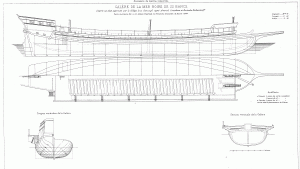
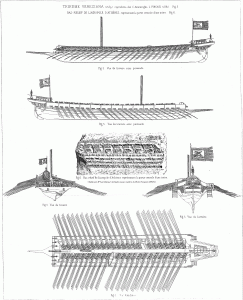
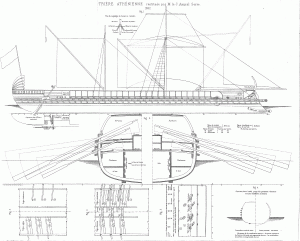
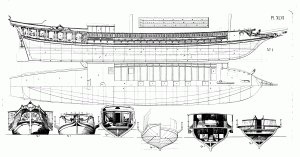
[…] ship plans of oar-powered vessels are our most popular offering on TheModelShipwright.com, so we’ve added even […]
[…] ship plans of oar-powered vessels are our most popular offering on TheModelShipwright.com, so we’ve added even […]
[…] ship plans for possible scratch-building projects. Our plans are organised by type of propulsion: Oar-Powered Vessels, Sailing Vessels, and Motor Vessels, as well as by the use of the ship: Coast Guard Vessels, […]
[…] possible scratch-building projects. Our plans are organised by type of propulsion: Oar-Powered Vessels, Sailing Vessels, and Motor Vessels, as well as by the use of the ship: Coast Guard […]